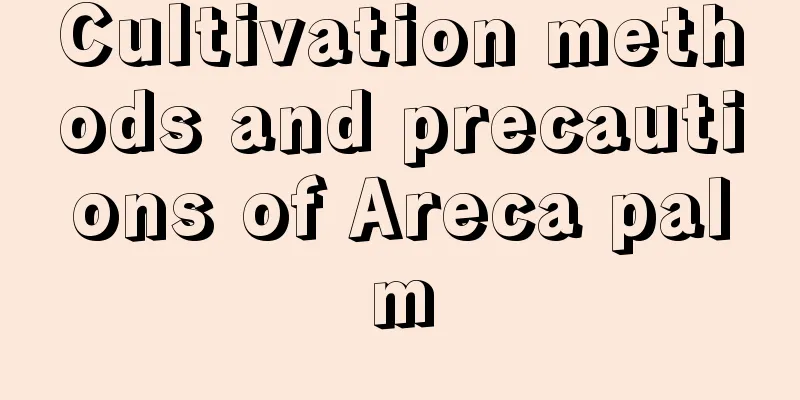Diseases and their control of Dichondra chinensis

Dianthus serratusSclerotium rotWhen white rot occurs, the leaves, stems and roots of the Chinese horsetail can be affected, and irregular yellow spots will appear. In severe cases, the entire leaf will die and wilt. The disease may be mild at first in the affected yellowing Aesculus turf, but as the disease progresses, the yellowed grass circle will gradually expand. Generally speaking, sclerotia are the main cause of golden white rot disease of horseshoe. White rot is most likely to occur under the high temperature and high humidity conditions in July and August. In addition, soil rich in organic matter is also conducive to the occurrence of this disease. Prevention and treatment methodsWhen white rot breaks out in Horse Chestnut, you can use pesticides to control it. Spraying 1000 times of 1% Myclobutanil or 2000-2500 times of 25% Prochloraz can effectively prevent the occurrence and development of the disease. Dicentra chinensis encounters rustRust DiseaseThe main symptom of rust disease of Aquilegia serrata is the formation of reddish-brown powdery spots or stripes on the stems and leaves, which later turn into dark brown. Rust usually begins to spread in April, with spots first appearing on the leaves and then expanding to the entire plant in summer. In severe cases, the lawn can wither and large areas of death. Prevention and treatment methodsWhen rust appears on the Chinese horsetail, nitrogen fertilizer should be avoided in summer. You can also use drugs for prevention and control, such as spraying 20% triadimefon emulsifiable concentrate or spraying 40% carbendazim suspension. Sclerotinia sclerotiorumPyricularia spp.When the horse chestnut is infected with pyrrhocorticoides, the main symptom of the affected plants is the appearance of round brown or slightly brown spots, which turn into large spots as the disease progresses. Especially in the high temperature and humidity in the summer, or improper application of nitrogen fertilizer, the disease will be aggravated, causing large areas of baldness in the lawn. Prevention and treatment methodsWhen the disease of Cynarostemon spp. occurs, the soil of Cynarostemon spp. in the affected area can be dug out and centralized for treatment, and then disinfected and sterilized with 40% pentachloronitrobenzene powder. Secondly, pay attention to drainage during the rainy season. When the disease is serious, 75% Benomyl wettable powder can be used for prevention and control. |
<<: Prevention and control of common diseases and insect pests of Ficus microcarpa
>>: Common diseases of crape myrtle and their prevention and control methods
Recommend
Is it good to water flowers with soybean water? Correct dilution of soybean water for watering flowers has many benefits
Is it good to use soybean water to water flowers?...
Cultivation methods and precautions of Berry succulents
Berry succulents are not only easy to grow, but a...
How to take care of the newly bought Kalanchoe
1. Repotting The newly bought Kalanchoe usually c...
How to prune Kalanchoe after it blooms
1. Time Selection After the flowers have bloomed,...
How to save seeds of Danish wind chimes
1. Choose the variety When keeping seeds for Dani...
Why do camellia leaves turn black?
1. Causes of blackening 1. Disease: When this typ...
How to water bird's tongue orchid
1. Time: Because the most suitable temperature fo...
Which is easier to grow and look good, red plum or peach? The difference between red plum and peach
The difference between red plum and peach The red...
How to grow Sansevieria truncatum
1. Maintain good lighting It has very strong adap...
How to grow violets, the flower language of violets
1. How to raise 1. Soil: Violets like to grow on ...
How to grow azalea (home growing method)
1. Breeding methods 1. Sunlight: Rhododendron is ...
How to make orchids grow roots and sprouts, and what should be paid attention to when new sprouts grow
1. How to make orchids grow roots and sprouts 1. ...
Can Clivia be watered with aloe vera (the correct way to water Clivia)
Can Clivia be watered with aloe vera water? Clivi...
The efficacy and function of bougainvillea
The ornamental value of bougainvillea Bougainvill...
Introduction to Luanshu, how much does Luanshu cost
1. Family Koelreuteria paniculata is a plant of t...









